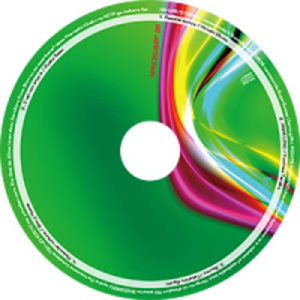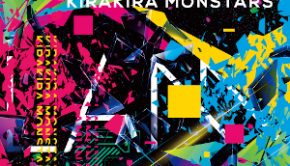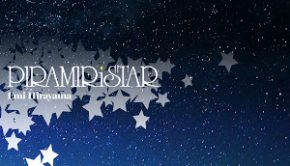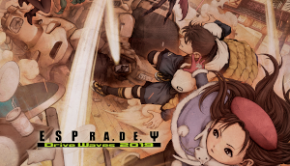Nanosweep 28
 |
Album Title: Nanosweep 28 |
| Record Label: Nanosounds, Supersweep |
|
| Catalog No.: NS-028 |
|
| Release Date: August 12, 2019 |
|
| Purchase: Buy at Sweep Record |
Overview
NanoSweep is an ongoing series of original music that was initiated in 2004 by various members of NanoSounds and SuperSweep. It usually features members from each of these companies and occasionally a guest composer. This is the twenty-eighth original album and features compositions by Hiroshi Okubo, Shinji Hosoe, Ayako Saso, Fumihisa Tanaka, and Takahiro Eguchi. How does this album fare as a whole?
Body
The album opens with Okubo’s “Aaeena duniya,” Hindi for “mirror world.” It’s an exhilarating and intense drum n’ bass tune with a great melody, flow, rhythm, and tempo changes throughout that keep the piece extremely interesting from start to finish. It’s one of his strongest to date. Tanaka’s “PAPA LAND” utilizes a lot of bell tolls and has an interesting, persistent rhythm. It’s more experimental than previous Tanaka tunes for the series and the overall result is a bit more atmospheric. It isn’t his strongest contribution and it does wear on its welcome, but it is interesting to see him try something new. “Bouncy,” by Eguchi, also utilizes some more atmospheric synth in addition to some glitchy electronic work and a dance beat. The beat certainly fits the title of the tune, but it, like Tanaka’s, does wear its welcome after a while.
“Molecular culture,” by Shinji Hosoe, also utilizes a more drum n’ bass influence and incorporates Hindi vocal samples. The melody and flow of the piece are quite nice and the sharper synthes mixed with the more ethnic elements of the piece make for an enjoyable listen. Lastly, Saso’s “I can not stop it” mashes up vocal samples, jazzy piano, and Saso’s signature style of electronic music. As the tune progresses, the beats hit a bit heavier. The end result is an interesting juxtaposition of sound and is generally bubbly and fun.
Summary
Nanosweep 28 is another release that is largely positive. While some tunes rely a bit more on repetitive sections that drag it down a bit, others manage to mix up the progression in interesting and engaging ways. The varied electronic approach is also consistent with the series and fans of the series will be able to hear more recognizable styles by the composers while tunes by the newer composers are as diverse as their contributions have been in the past.
Do you agree with the review and score? Let us know in the comments below!
3.5
Posted on January 30, 2020 by Don Kotowski. Last modified on January 30, 2020.














